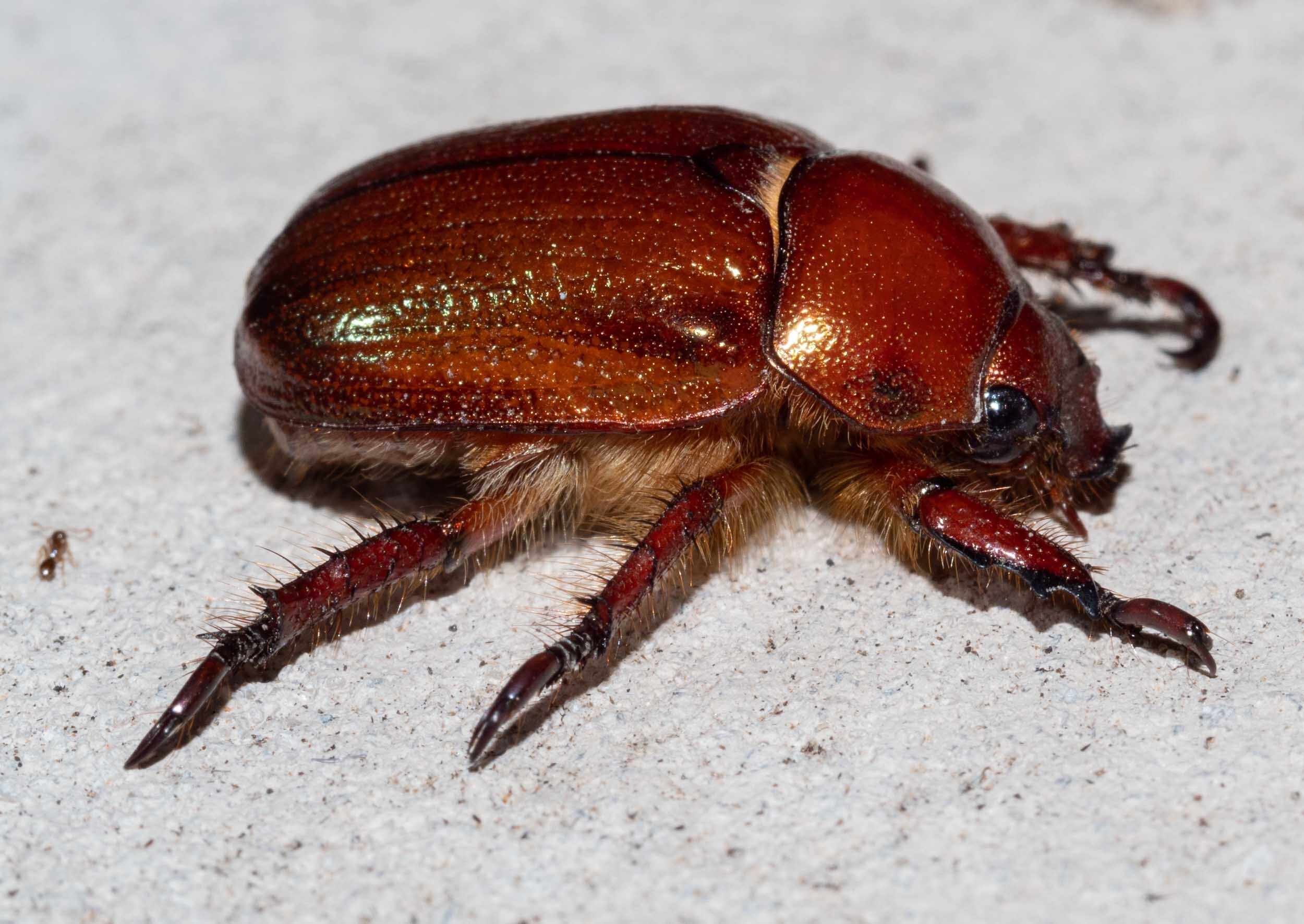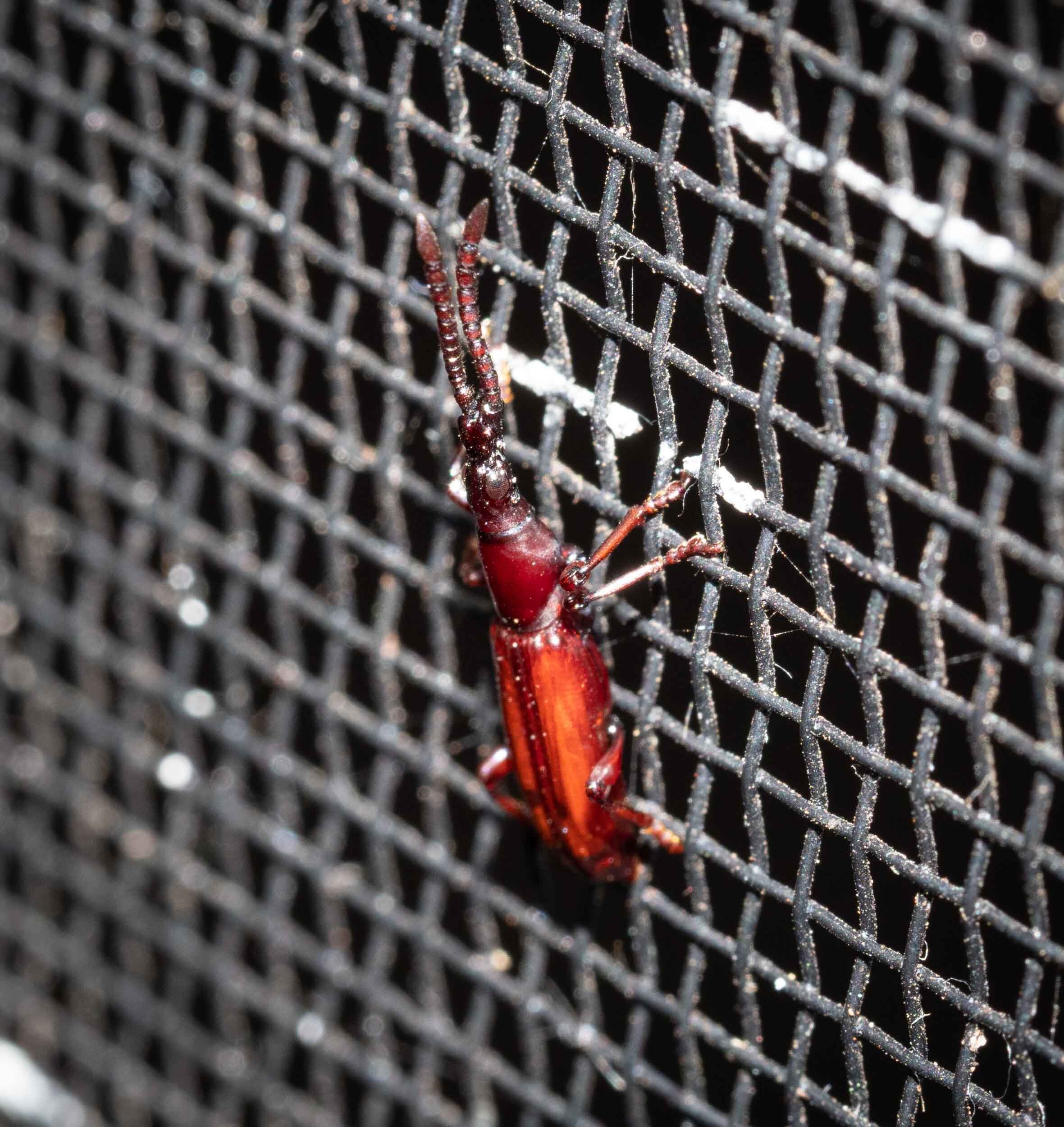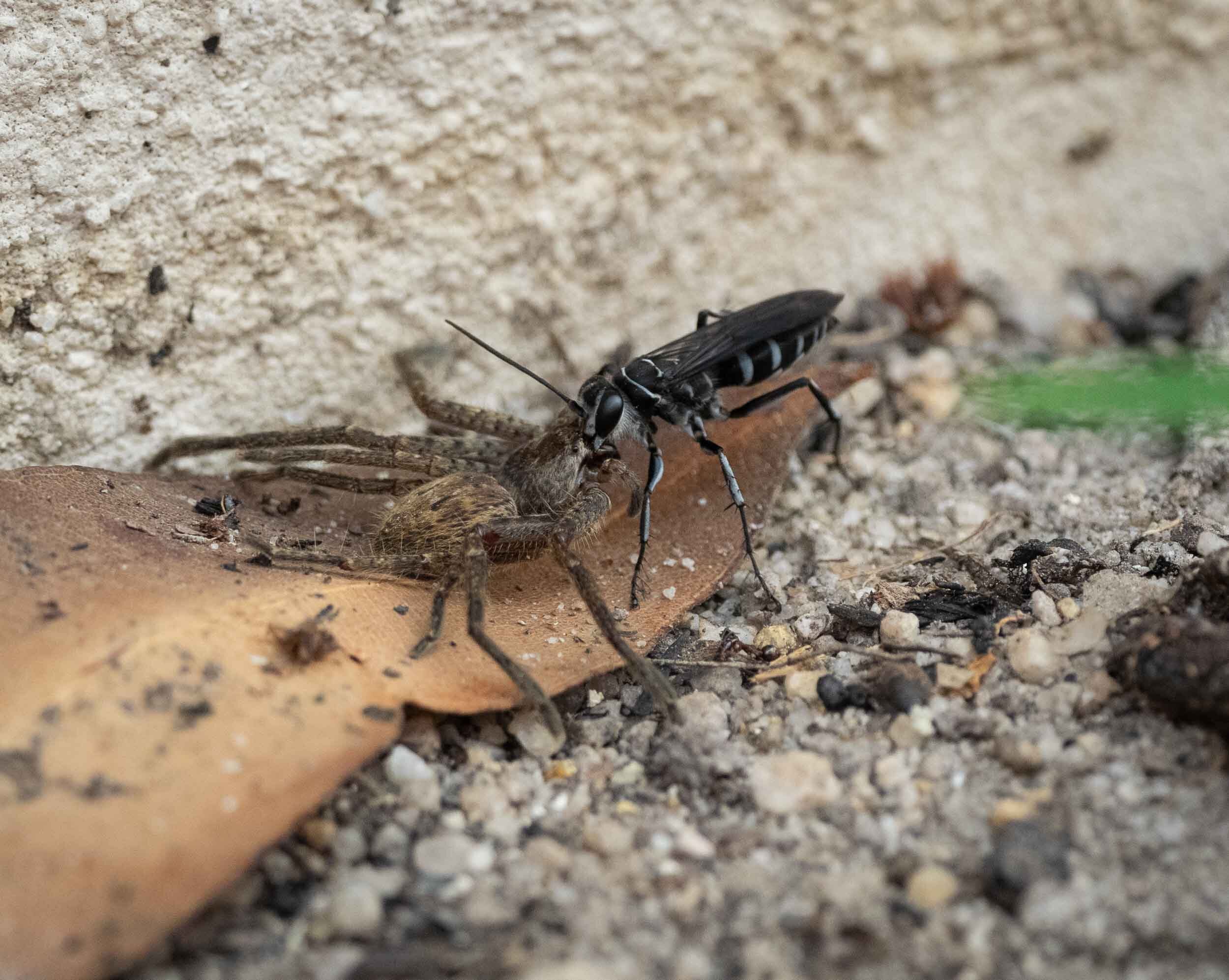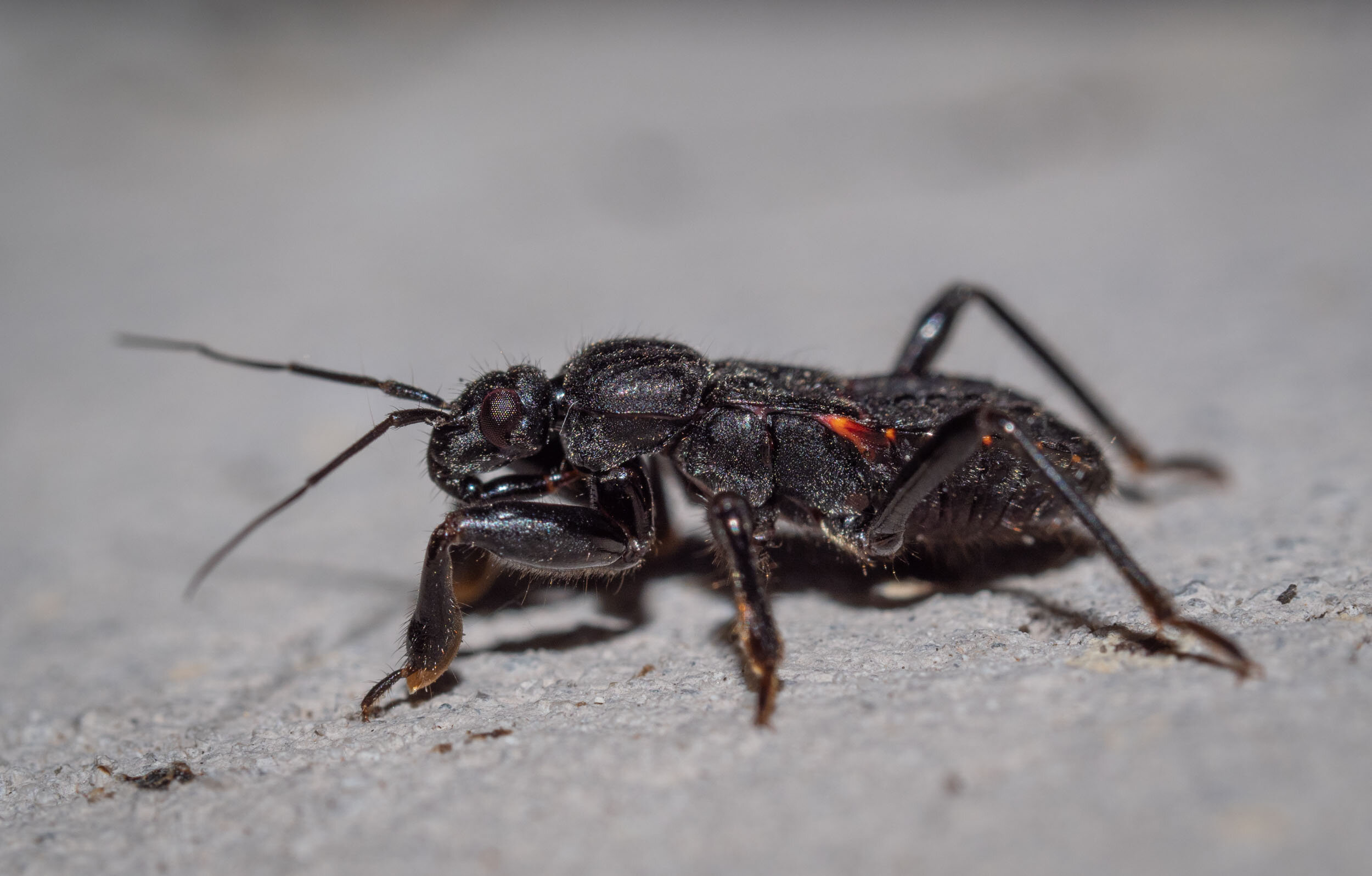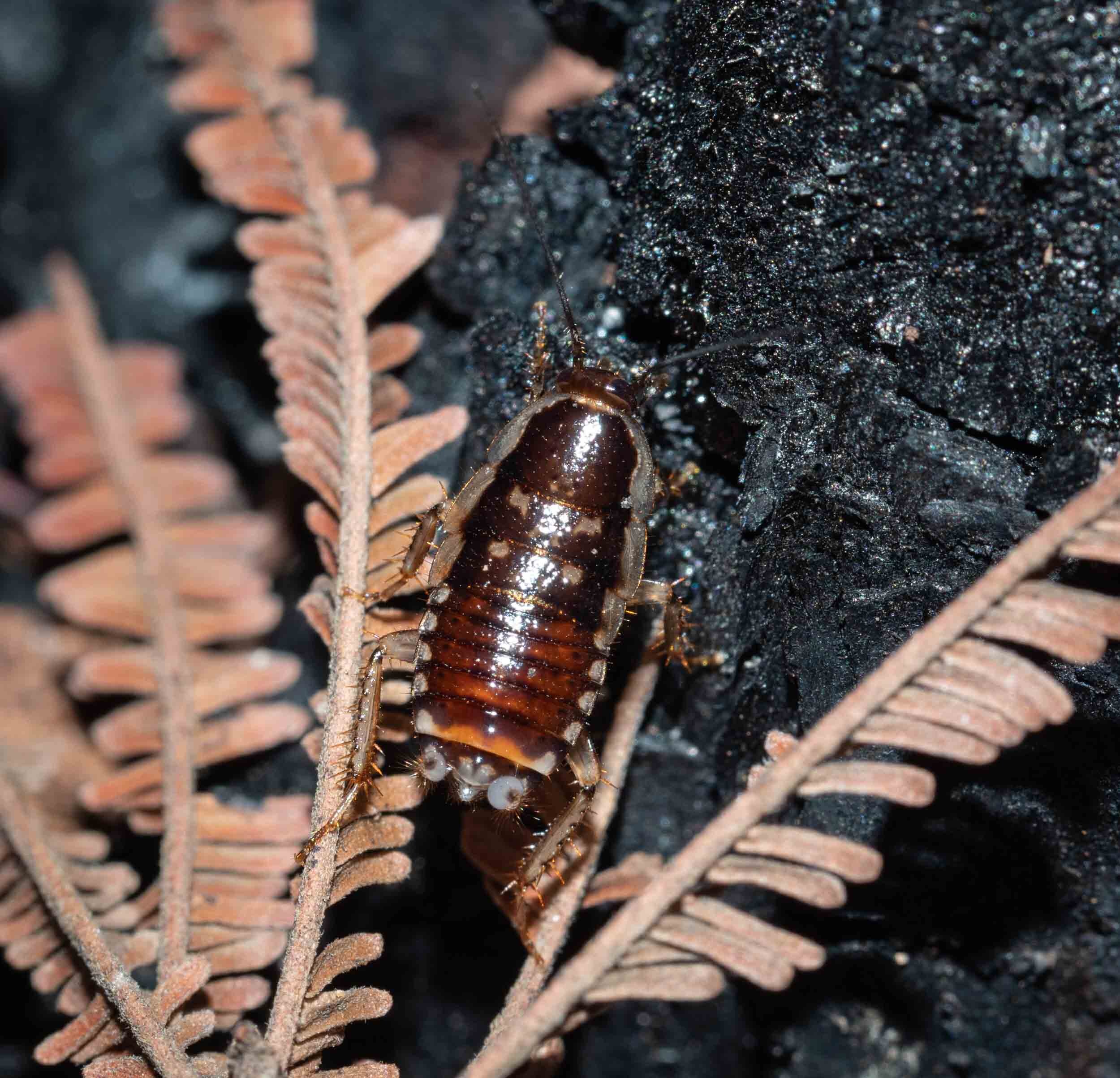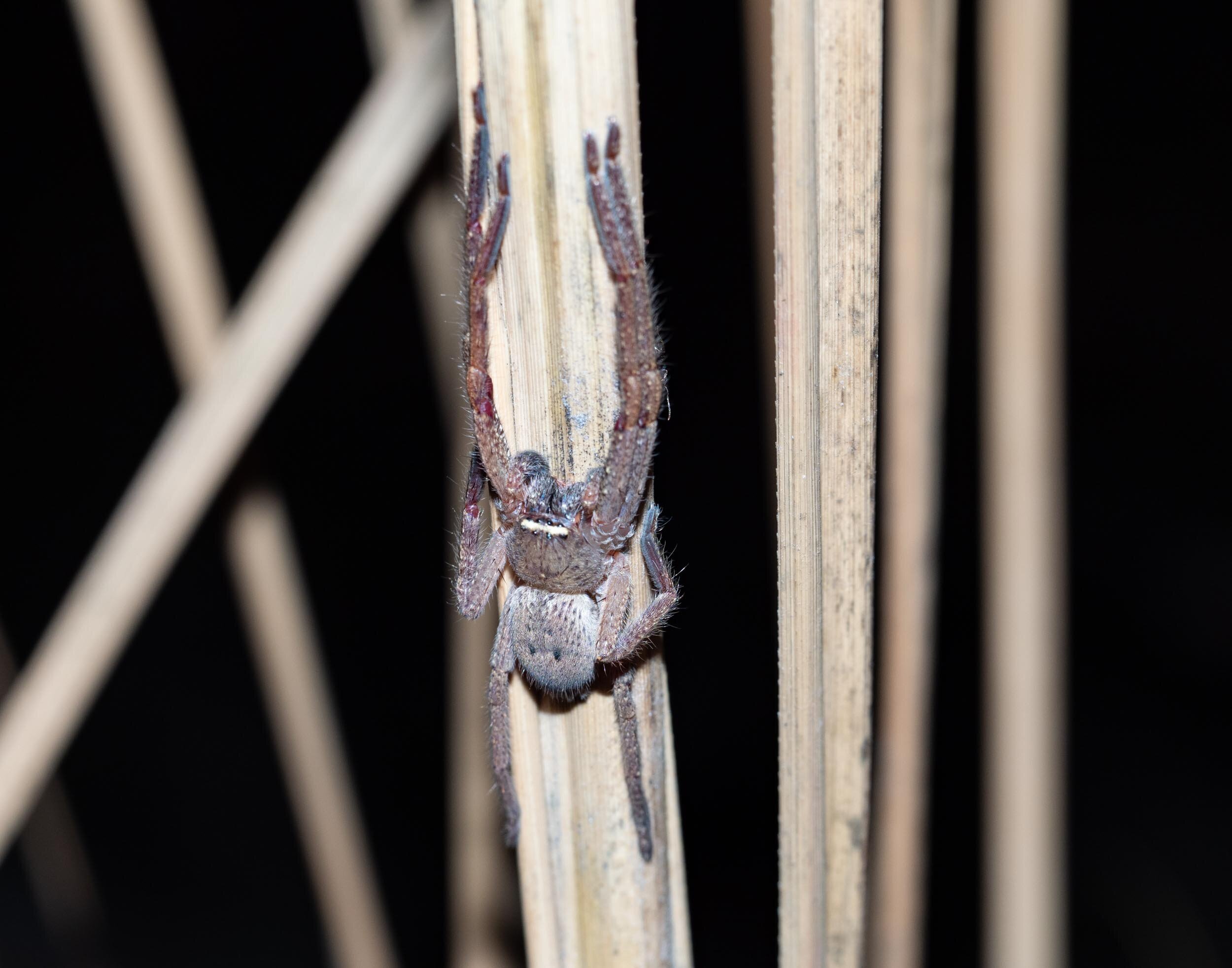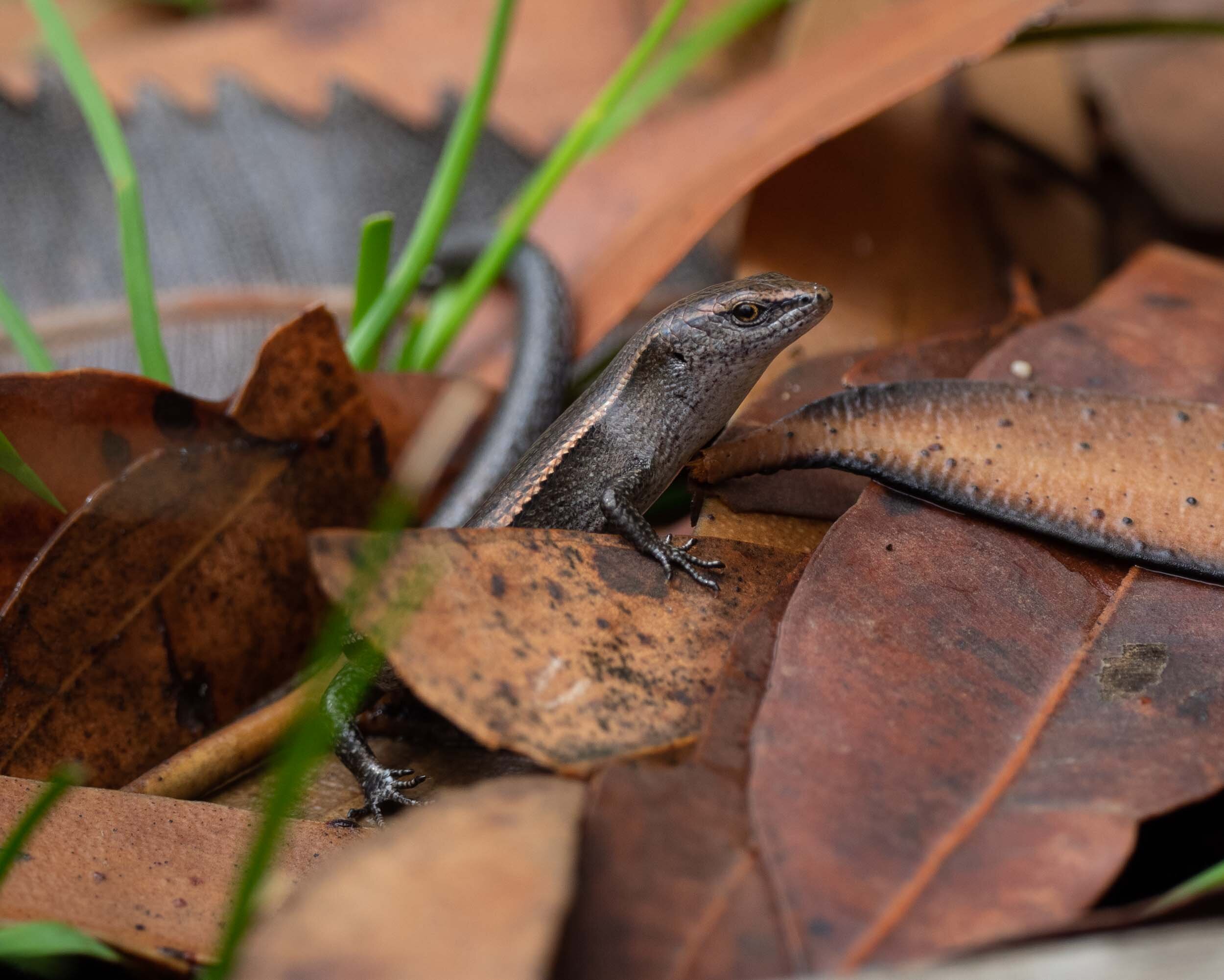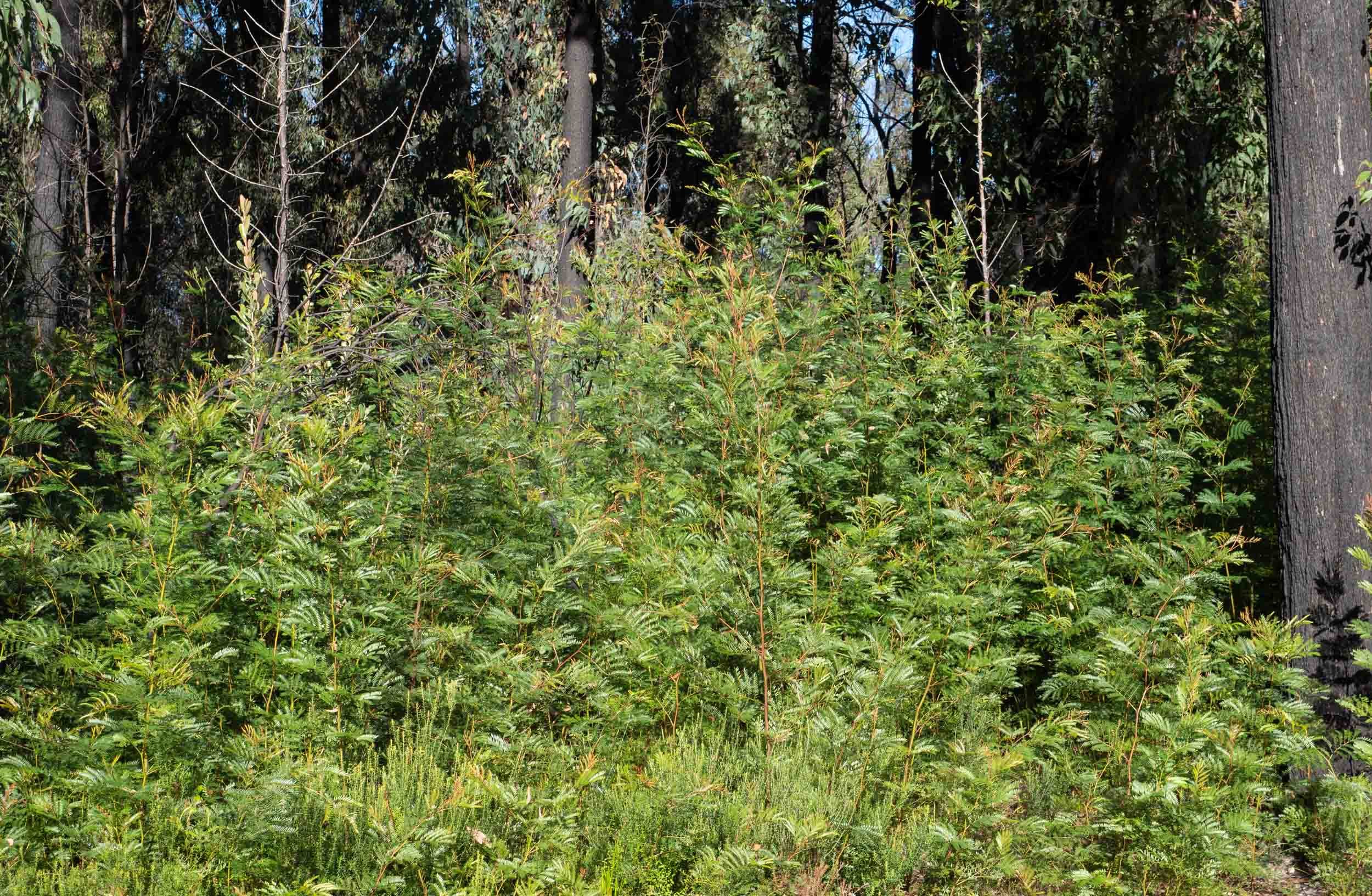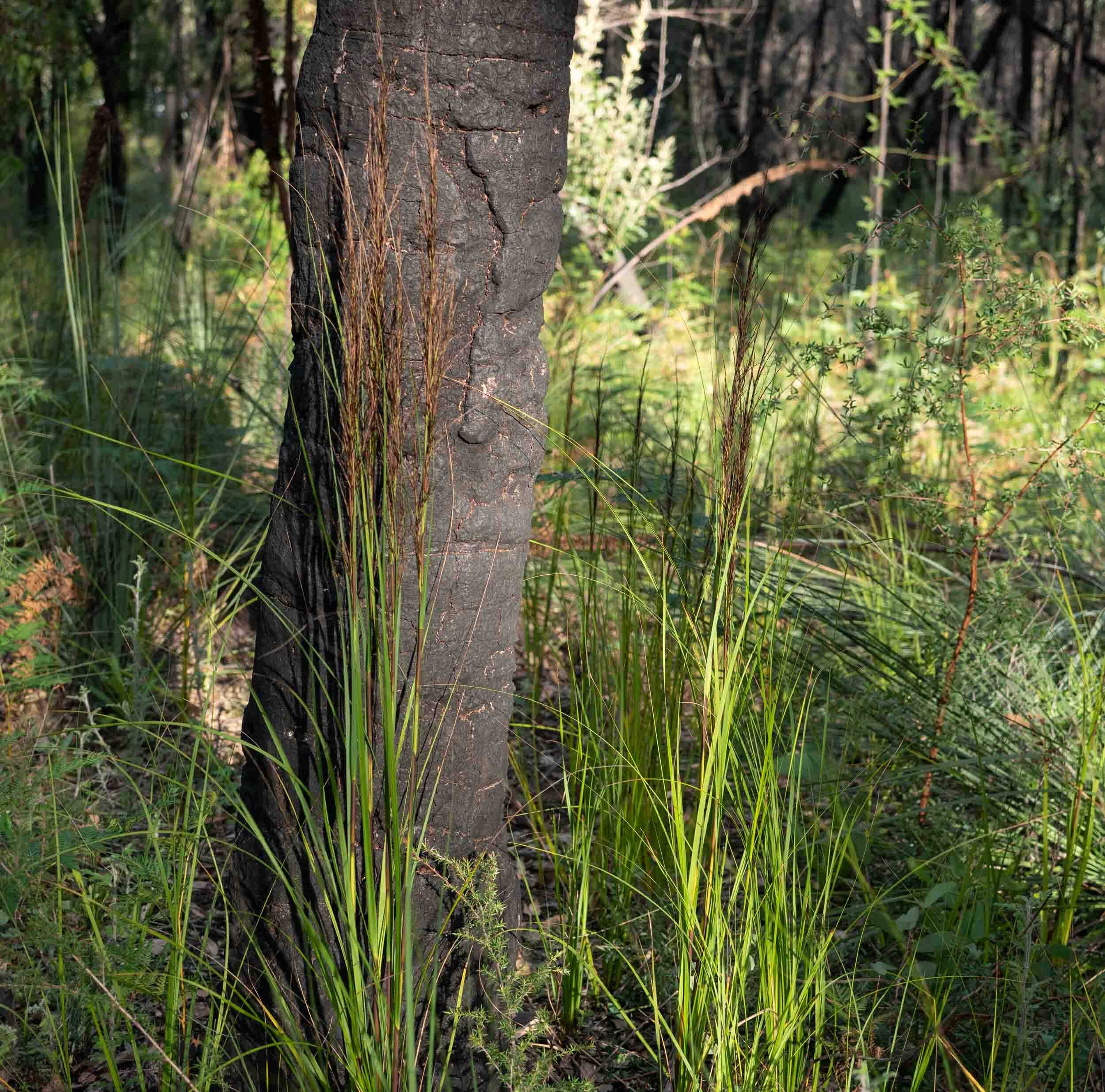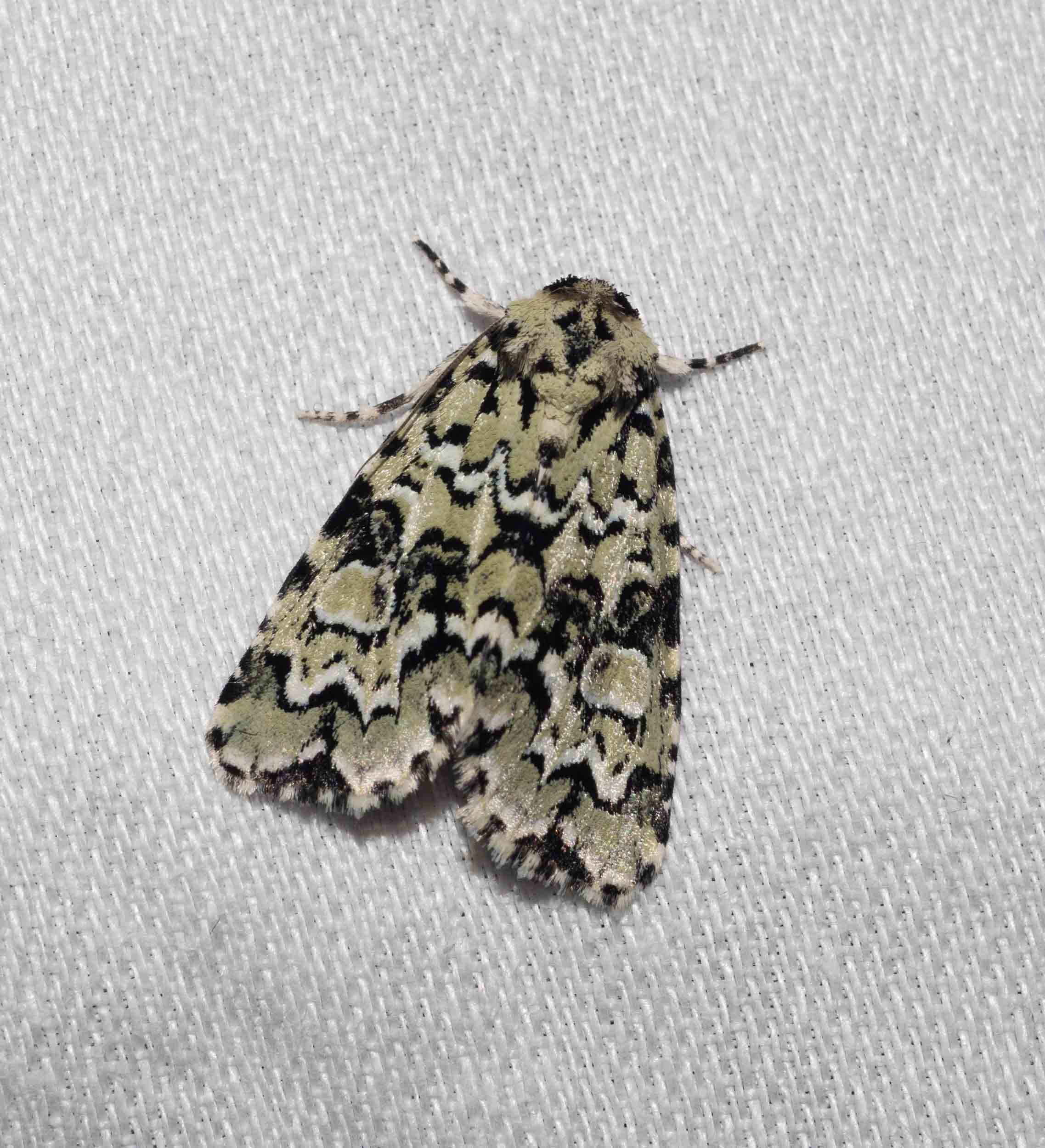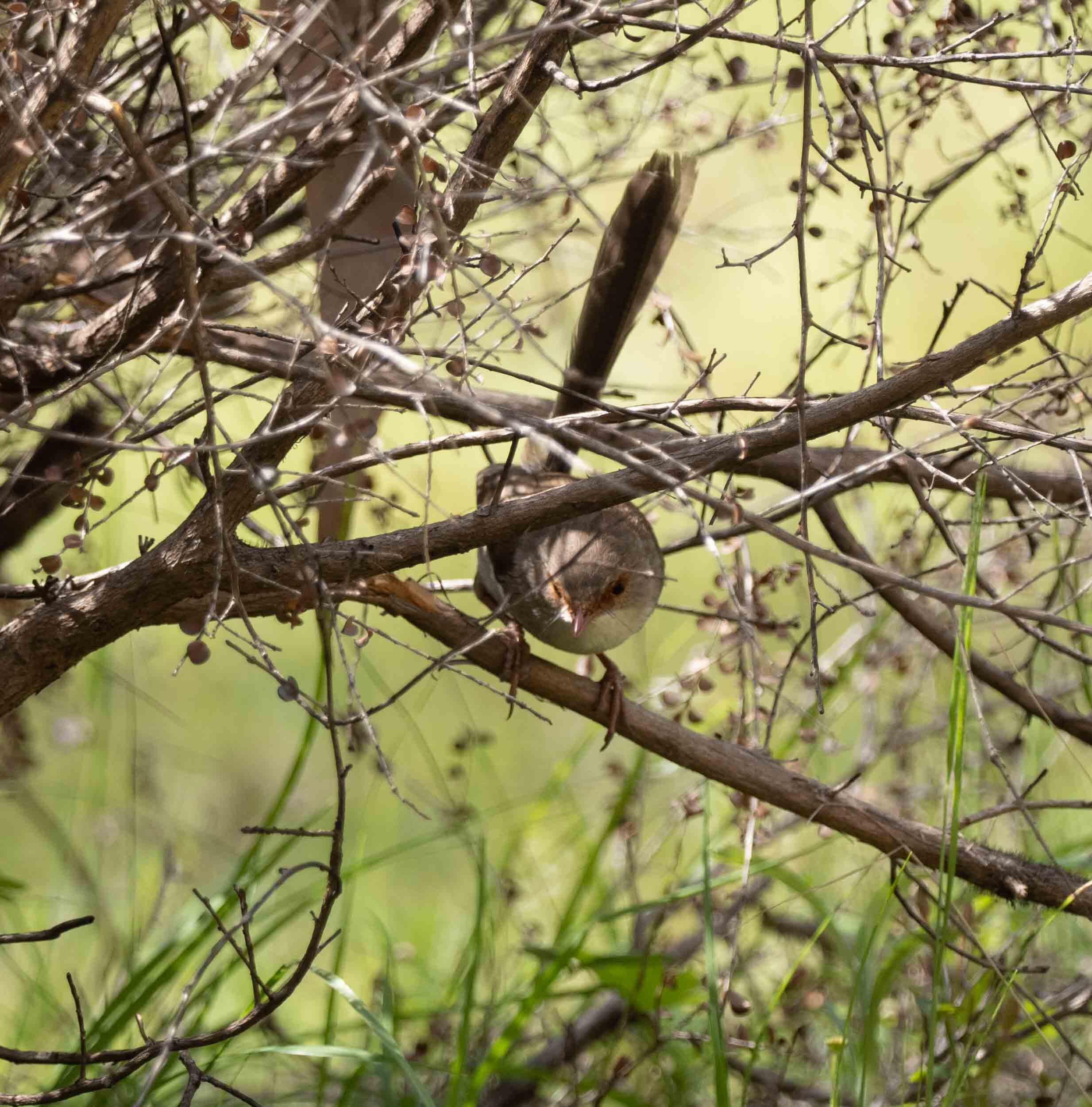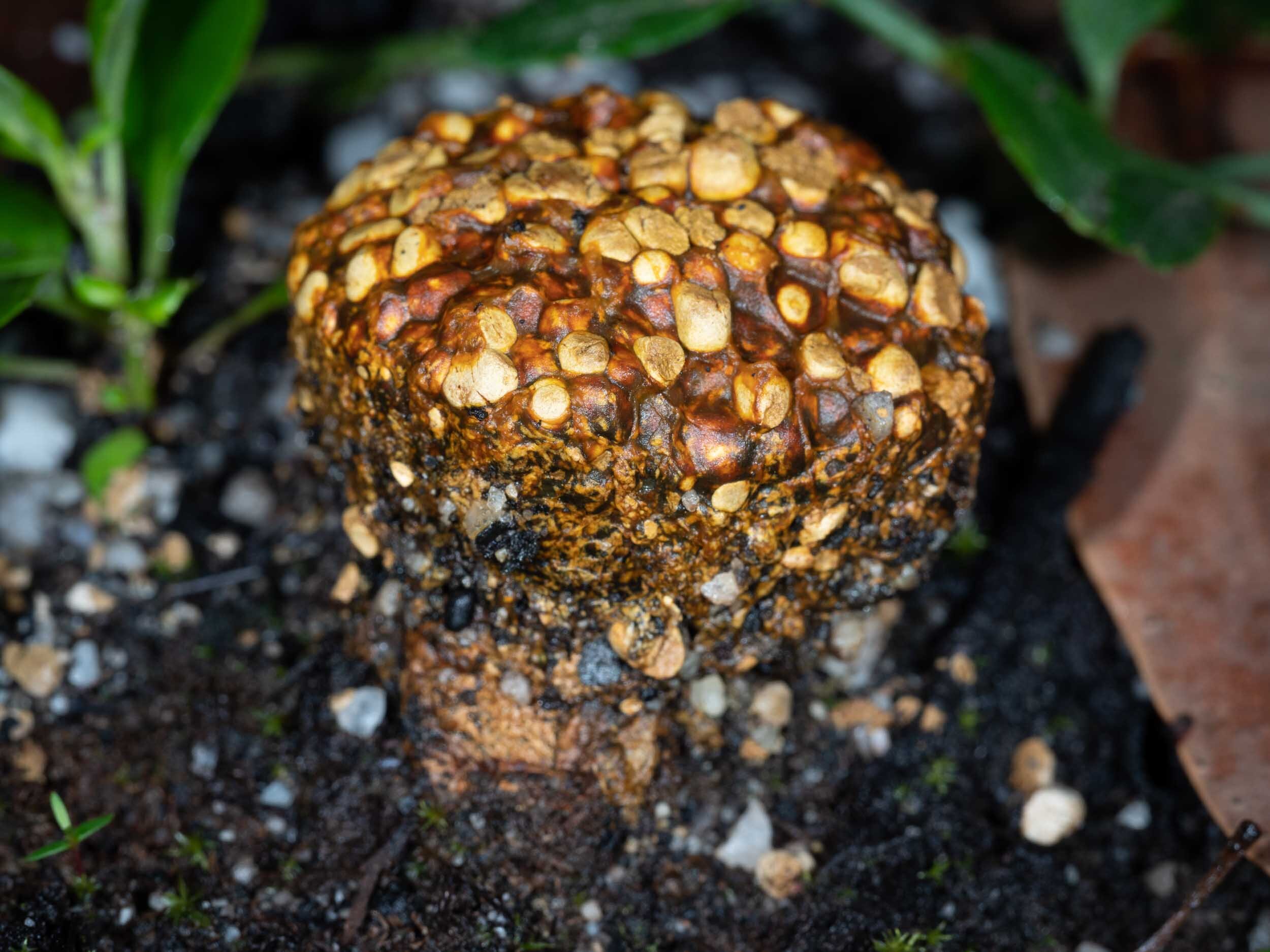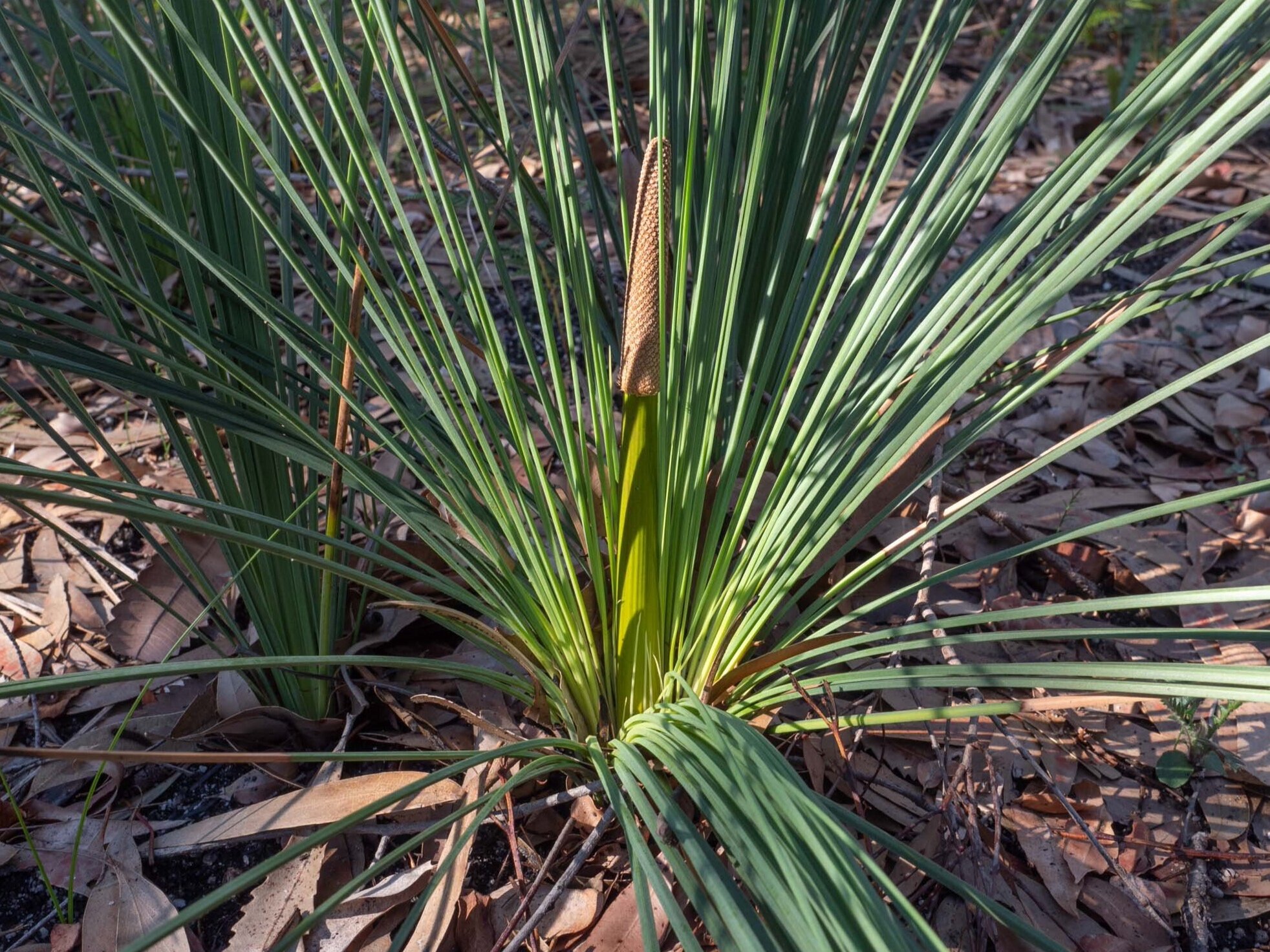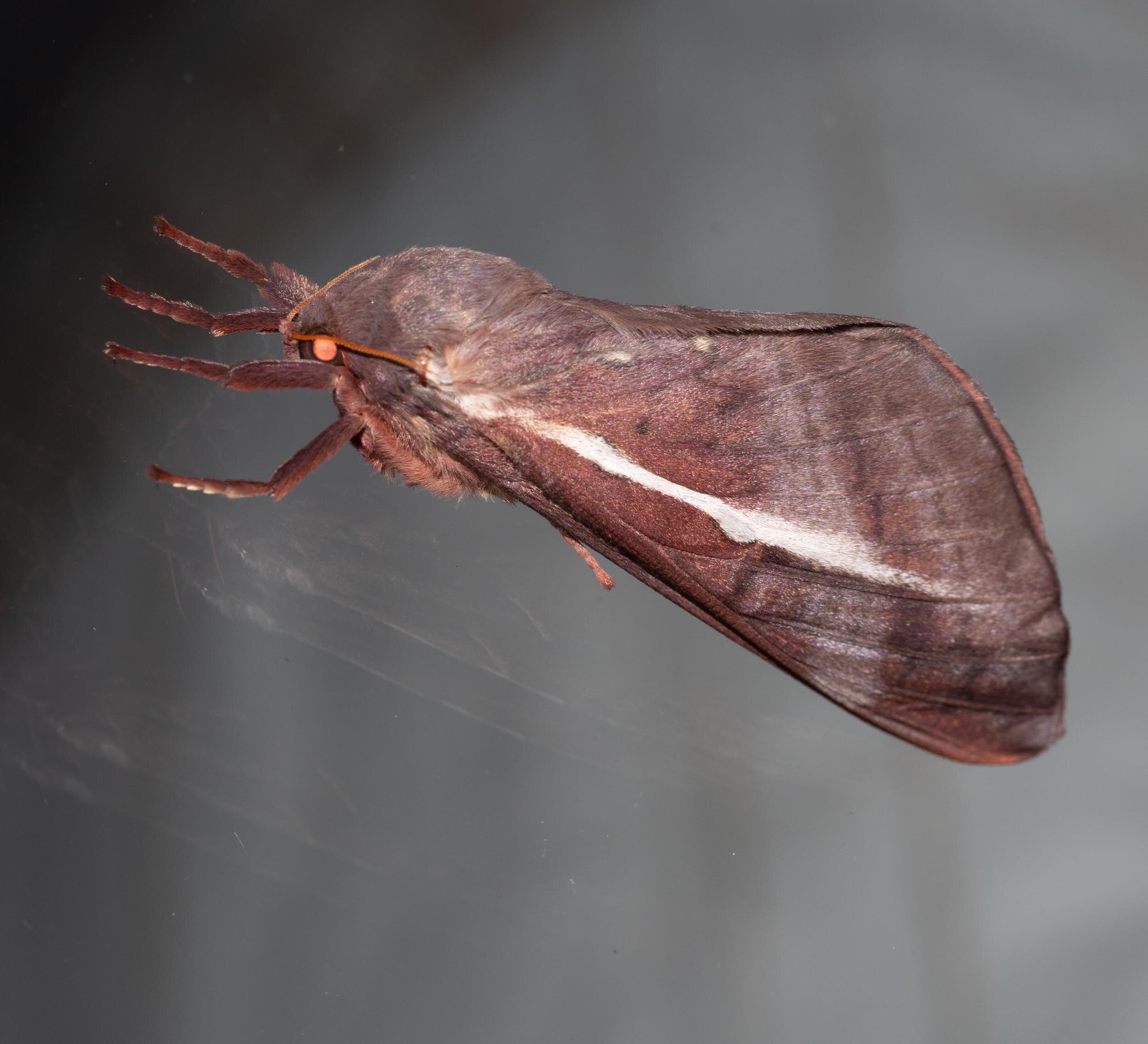Where were they?

With every passing week a little more life returns to the forest. Insects, spiders, skinks, and even frogs.
It makes me wonder where they were during The Fire.
Of course, I’ll never know for sure … but I can take a guess.
Birds, roos & wallabies
Many birds must have taken flight well before the flames arrived. Wallabies and kangaroos too would have fled. The nearby village remains a green island, so it would have provided the perfect refuge. It’s also possible that fleeing birds might have headed for blackened areas. A recognised strategy for firefighters - put yourself where the fire has been, not where it is headed.
Some returned early and there are new arrivals each day. They are clearly finding food enough to keep them going.
Insects & spiders
It is possible that some of the insects we are seeing now have flown in from patches of green bush nearby. But it’s also likely that many survived the fire on site. But where, and how?
Nothing could have survived out in the open. Even amongst the leaves of the tallest trees the heat would have been intense. Canopy insects must have been roasted by the thousand. Some may have flown off in advance … maybe. Most would have been killed. And perhaps they provided the first post-fire meals for emerging ants and returning birds.
Many did survive underground. Ants, for certain, and termites. Some adult beetles too, such as the passalid beetles I discovered under a piece of burnt wood just 4 days post-fire. But many of the wasps, cicadas and beetles we’re now seeing would have escaped the fire as subterranean larvae. The first butterfly to reappear – a Bright Copper (Paralucia aurifer) almost certainly survived as a pupa deep inside an ant nest. The species lives in close association with ants … a very effective bunker strategy!
Others were deep inside the trees. Wood-boring moth and beetle larvae, for example. Spiders, such as the funnel-web that has reappeared in her renovated web. And colonies of aboreal termite and ant species.
A few aquatic insect species survived in the frog pond. It was but a shallow puddle due to the drought leading up to the fire, and it became a blackened sludgy mess after the fire. But it was enough to sustain some insects and even some tadpoles.
And then there are the fire shutters. Our house is largely impenetrable to wildlife – with one exception. The fire shutter housings make excellent refuges for small animals. For years they’ve been home to large huntsman spiders, frogs, and even tiny bats! Anything hidden away there during the fire would have survived just fine.
Lizards & frogs
Goannas and skinks were among the earliest animals to reappear. Skinks in particular – they seemed to be everywhere! The most likely explanation is that they sheltered underground and in the various nooks and crannies around our steel shed, water tank, and frog pond.
The frogs are more of a surprise. They have been here since we returned. One of the early sounds we heard in the near-silent forest on 9th January was an Emerald-spotted Tree Frog calling – overhead! During the fire he may have taken to the tiny, evaporated pool of water in the bottom of the pond, but it’s more likely that he was hidden away inside a tree hollow. And he’s not alone. Recent rain has drawn them out of hiding and back to the pond to breed. The other species that’s already a common sight (or, at least, sound) is the Clicking Froglet (Crinia signifera). These little frogs don’t climb trees. They spend their days under rocks close to water. No problem … the frog pond is rimmed by rocks. When we constructed the pond we didn’t appreciate just how important those rocks would become.
As the vegetation returns, so will the animals. Growth at ground level and higher up will provide food and homes to more individuals, of more species. We eagerly watch as the ecosystem recovers.
Note: many of the photos above lack a species name. It’s a work in progress.












